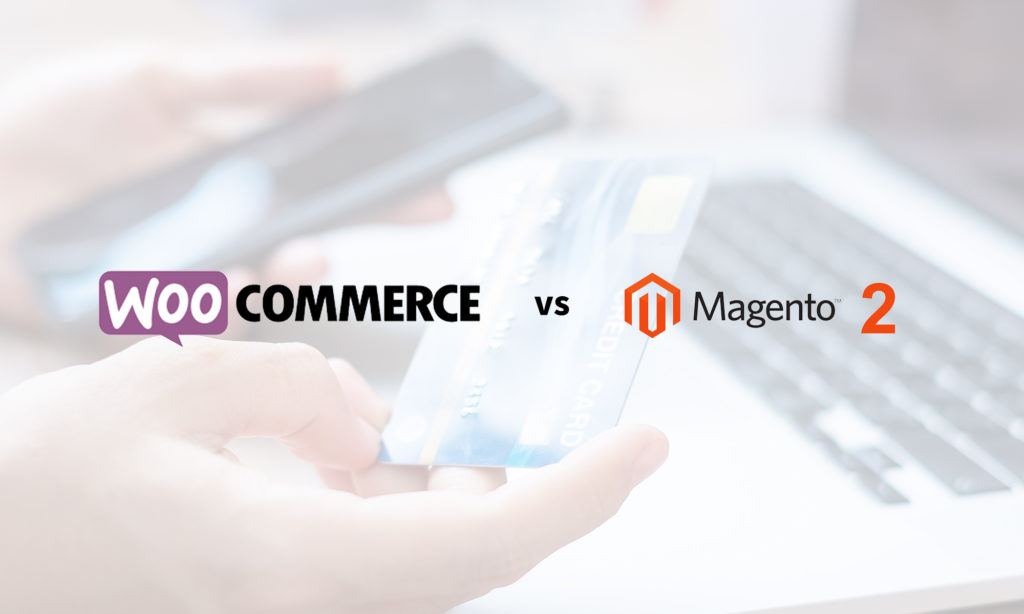Learning Hub | E-Commerce
Migrating To Magento 2.0 vs. Rebuilding on WooCommerce
March 31, 2021 | Jon Teodoro

If you’re one of the many businesses running on Magento, you sit at a crossroads. With support for Magento 1 phasing out this June, it’s time to update your stores so they can stay fully functional and meet the increasing demands of ecommerce.
Magento 2.0 carries significant advantages:
- It’s designed to be more mobile-friendly.
- It runs faster than Magento 1.
- It’s a better user experience, with brand new features (including much quicker checkout).
- It has Adobe’s full backing and support.
- The basic offering is open source.
But while you may think your next move is just a matter of two choices—upgrade to Magento 2.0 or replatform to an SaaS—it’s far more nuanced than that.
Changing course to Magento 2.0 isn’t just an upgrade. It’s a full replatform in itself.
Why? Because there are many aspects of your store that won’t migrate seamlessly (if at all). Your store theme simply will not carry over. That’s likely true for any new platform you choose to embrace. But other elements are bound to fall by the wayside as well:
-
- Your media and extensions
- The SEO you’ve built and honed
- The platform knowledge gained by your developers
Magento 2.0 isn’t just one upfront cost. It’s a moving target.
The open source version of Magento 2.0 is free. That may be enough incentive for you to go that route, especially if you’re a small business owner. But that still doesn’t account for the investment required to reskill your developers on the platform, migrate all of your data, and overhaul your online stores.
At the enterprise level, the licensing fee for Magento 2.0 scales depending on the size and volume of business, to the point that the upfront investment alone may be cost-prohibitive.
Either way, Magento 2.0 presents something of a headache, which falls heaviest on your developers.
Consider another path: WooCommerce.
SaaS platforms are a bit like cruise control. With everything stored in the cloud, data is safe, accessible, and visible when and where you need it. You can relax knowing that CMS updates happen regularly and automatically, and that you don’t have to bear the brunt of data security. Granted, you’ll want to choose an established, reliable SaaS, but there are a number of solid options.
How can you thread the needle between replatforming and getting your stores up and running as quickly as possible? That’s where WooCommerce comes in.
WooCommerce is an ecommerce plugin that works harmoniously with WordPress, an open-source CMS that offers an array of preset themes which are fully customizable. While the assumption may be that WordPress is intended for personal websites and smaller businesses, a number of enterprise companies use WordPress to do business at considerable scale.
WooCommerce may be the quickest route to a functioning store after leaving Magento 1.
Open source as well, WooCommerce is a highly intuitive platform with its own preset themes and data encryption, allowing you to easily migrate your data and host unlimited products. While familiarity with WordPress is required to establish your site, that’s pretty low-hanging fruit in the developer world. Like Magento 2, WooCommerce is mobile-friendly, and you have a range of potential extensions at your disposal (some pricier than others, of course).
You can go live with at least basic product offerings in a day or two and continue to scale and refine your site while still doing business.
Whichever path you take, you’re going into new territory.
No matter what, you’ll have to reinvent the look and feel of your store. But with a good CMS, that’s a far easier challenge than sweating every detail on the backend with Magento 2. WooCommerce is likely the best way to see the forest for the trees, as it were: fully integrated into WordPress, it brings added visibility to your products, your costs, your data, and your customer experience as you make the leap to your next platform.
